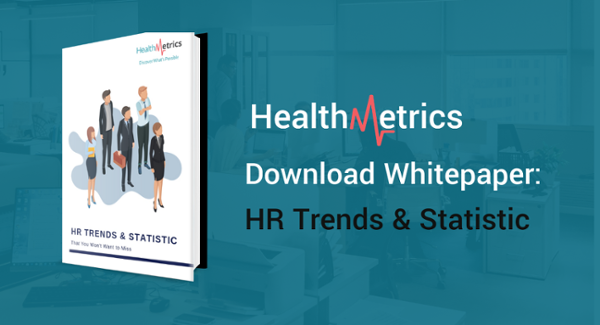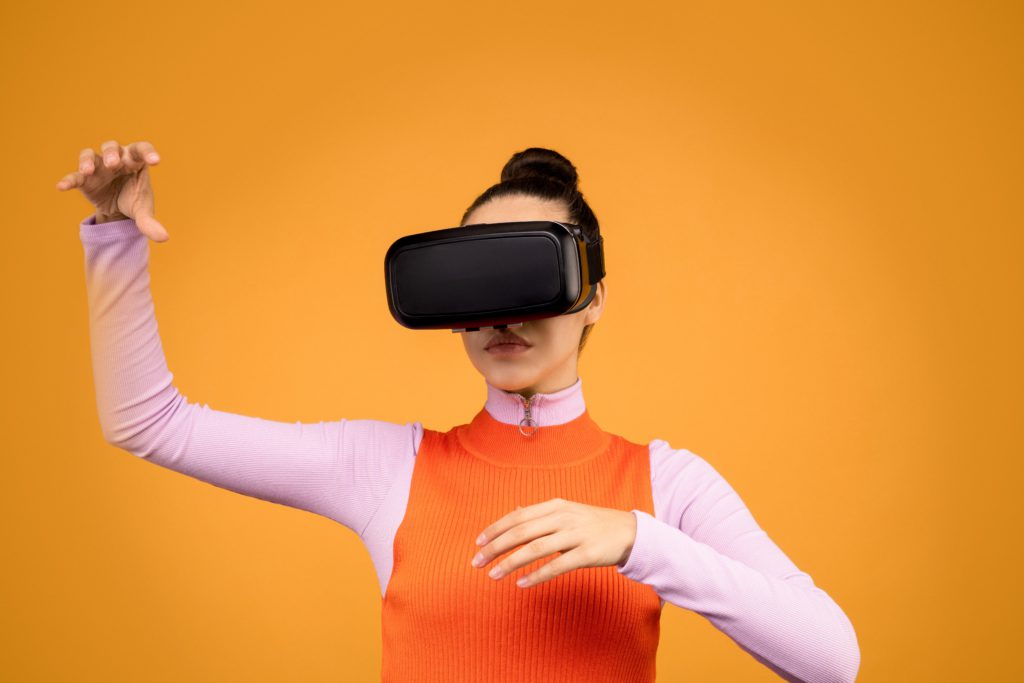Human Resources (HR) trends are continually evolving and companies are vying to develop a competitive edge when it comes to attracting, retaining & rewarding a company’s greatest asset: it’s employees.

Successful organisations often keep trends in mind to stay ahead of other organisations and to remain relevant by integrating the latest technology in driving results and efficiency in their HR processes. It’s vital for companies to consider trends as competition for talent becomes more apparent.
The traditional approach towards human capital management is starting to become outdated or ineffective with the increasing tools & innovative practices when it comes to enhancing HR processes. With technology, software solutions also enable data collection, analytics to derive valuable info for companies to make data-informed improvements.

Here are some of the HR Trends & Statistics for 2019 discussed in the report:
1. HR Digitalisation

Gone were the days of repetitive, mundane & tedious manual documentation plaguing the HR department. Typical, yet time-consuming, HR activities such as employee recruitment, onboarding, payroll and benefits administration often take up a lot of time that can otherwise be used for in other strategic HR functions.
Technology is advancing at an exponentially fast pace. As organisations compete for talent, the HR function has now become more strategic and important than ever. HRs are no longer seen as a cost centre, but a profit centre as well.
Leading companies are banking on integrated HR softwares to yield better efficiencies & replace mundane tasks with actual strategic HR activities that can be used to drive organisational change or improve business outcomes.
HealthMetrics, a fast-growing employee healthcare benefits management platform, is one such company that leverages technology to automate over 99% of tasks typically involved in the management of medical benefits such as filing of claims, verification of medical certificates, tracking of benefits entitlements & balances & real-time data analytics. HealthMetrics’ employee mobile app also enables employees to self-service by checking their own benefits entitlements, balances, applying for guarantee letters and locating the nearest healthcare providers approved by the company.
Not only that, with APIs (application programming interface), different softwares from the same or different vendors can integrate and communicate with one another. Companies can opt to link specific data, such as employee information from HR Information Systems (HRIS) to softwares such as HealthMetrics. Data can be transferred both directions so that all your data across various systems can be synced and updated in real-time.
A survey done by PeopleStrong, an HR outsourcing & technology company, estimates that Indian firms can save at least USD $600mil annually by 2021 using HR technology. Similarly, those who have not adopted digital HR solutions are quick to realise the vast opportunity gap, both in improving efficiency and also financial gains.
2. Redefining Employee’s Experiences

The traditional approach towards employees’ engagement no longer works as effectively, as the current multi-generational workplace requires employers to rethink their employees’ needs and wants – whether it is compensation, benefits, culture or career advancements.
Understanding the changing dynamics in the workplace is vital to stimulate a more engaged workforce, which in turn would boost the employees’ performance; besides attracting & retaining talent.
For example, the millennial generation, view workplace culture as important; while Gen X is more interested in career advancement or job security.
3. People-driven Analytics

The traditional way of collecting & analysing data is proven to be cumbersome & ineffective, especially as the organisation grows larger. Besides that, the conventional methods are also insufficient to truly understand the basic behavioural patterns, where a lot more data needs to be collected. More and more companies are seeking in-depth data to manage their employees more effectively.
Here are some examples of questions that organisations need answers on:
- What is the retention rate? Why are employees leaving?
- What is the likely turnover so that the recruitment team can build a healthy talent pipeline?
- Which employees are high performers?
- Why are employees falling sick?
- What type of wellness programs do my employees need?
- Who are the ones likely faking a sick leave?
These analytic trends will show the current situation of the company and how HR can address the problems effectively.
4. Flexible Work Arrangements

Employees these days prefer flexible work arrangements such as working from home or flexible working hours. As such, coworking spaces such as WeWork and CommonGround have become quite a trend.
As companies become more goal-oriented, they realise that there is no need for employees to be physically in the office to deliver results. Work wherever you want. Work whenever you want. All that matters is results.
Being able to work at home opens up to a larger pool of talents who might have commitment constraints and mobility limitations. In fact, a survey has shown that employees view working remotely at home as one of the perks that boost employees’ morale and satisfaction.
From the perspective of the local landscape, findings from a study done by Boston Consulting Group (BCG) showed that people living in Kuala Lumpur spent about 53 minutes stuck in traffic jams every day – that’s equivalent to about 13.4 unproductive days a year. With digitalisation, technologies such as video conferencing and cloud-based storage system, make it easier for employers to facilitate remote teams.
Interested in learning more on “Working From Hom arrangements for your employees? Here’s an interesting read for you: 11 Surprising Working From Home Statistics
5. Employee Engagement with Gamification

Gamification is the application of principles of game playing (e.g. rewards, points, leaderboards) to typically non-game contexts (e.g. work, study, wellness) to encourage engagement. Adding fun to HR processes can repackage what seems to be a dull subject into something exciting that drives employees’ participation.
For example, some companies offer points or rewards when employees hit their KPIs or to high achievers. These rewards or points can be offered or converted into something that delights the employees beyond the work settings, such as home or leisure products. Rewards help employees feel that their efforts are recognised and in turn feel satisfied or appreciated. This encourages the employees to continue performing for the company and develop loyalty towards the company.

Take your HR game to the next level!
Organisations that understand these trends have the upper hand when it comes to attracting, retaining and rewarding talent. At the end of the day, the company’s biggest asset is its people.



0 Comments